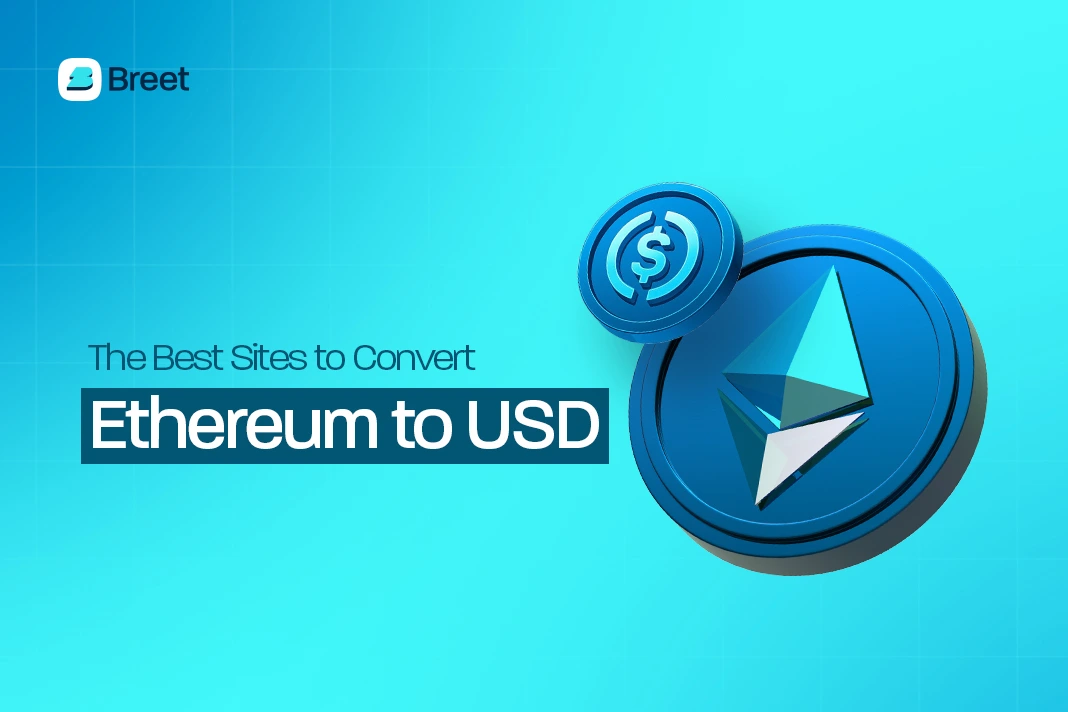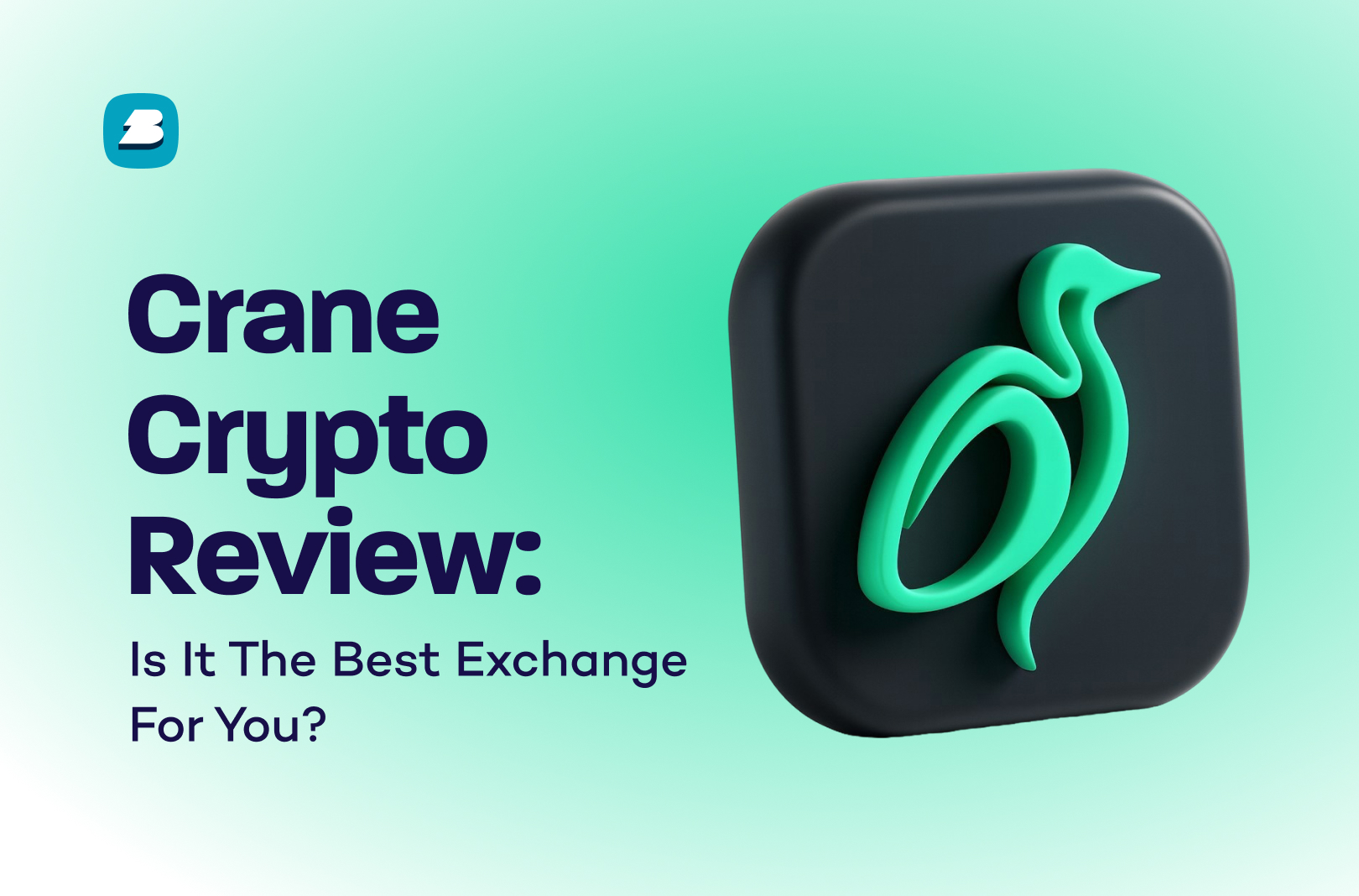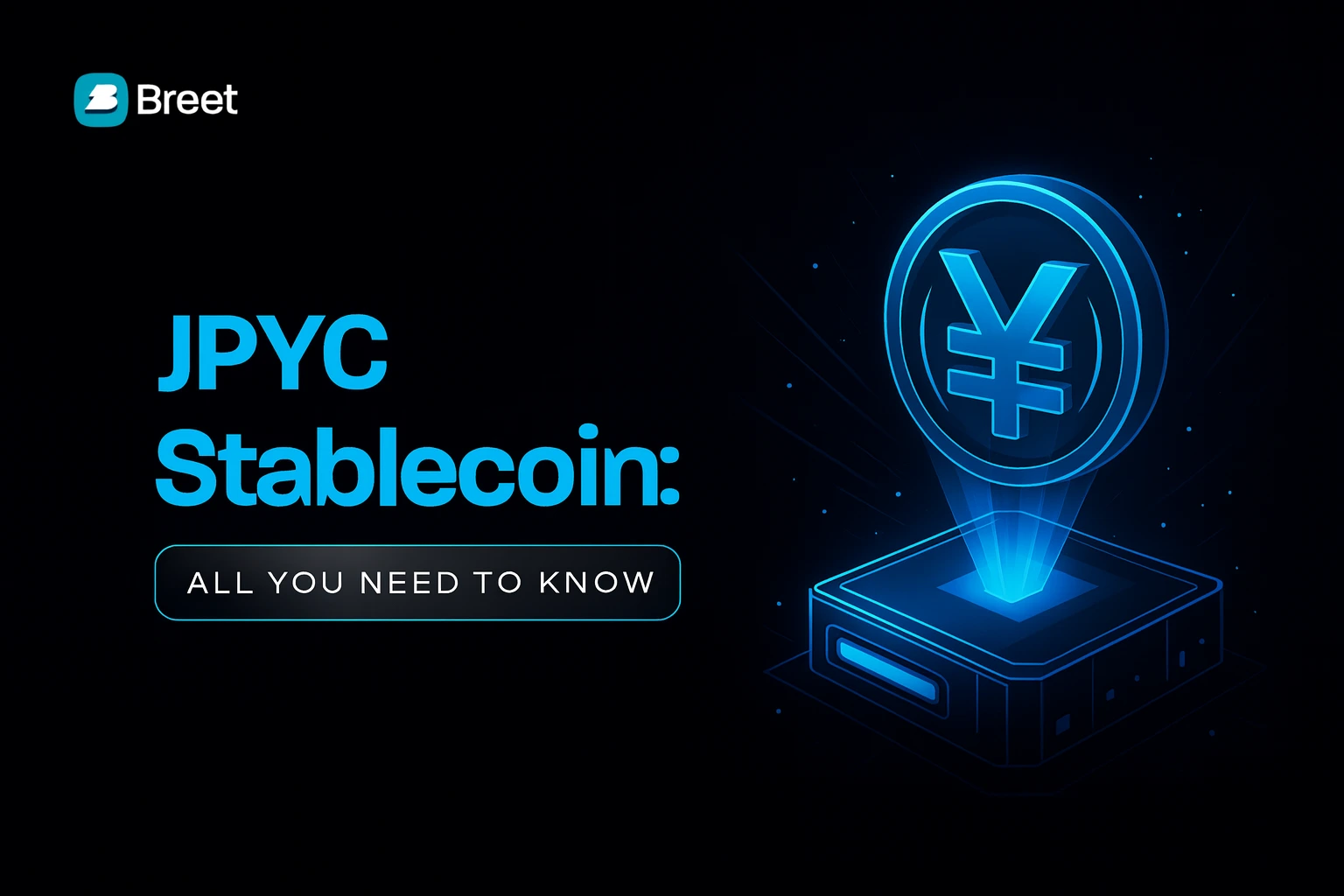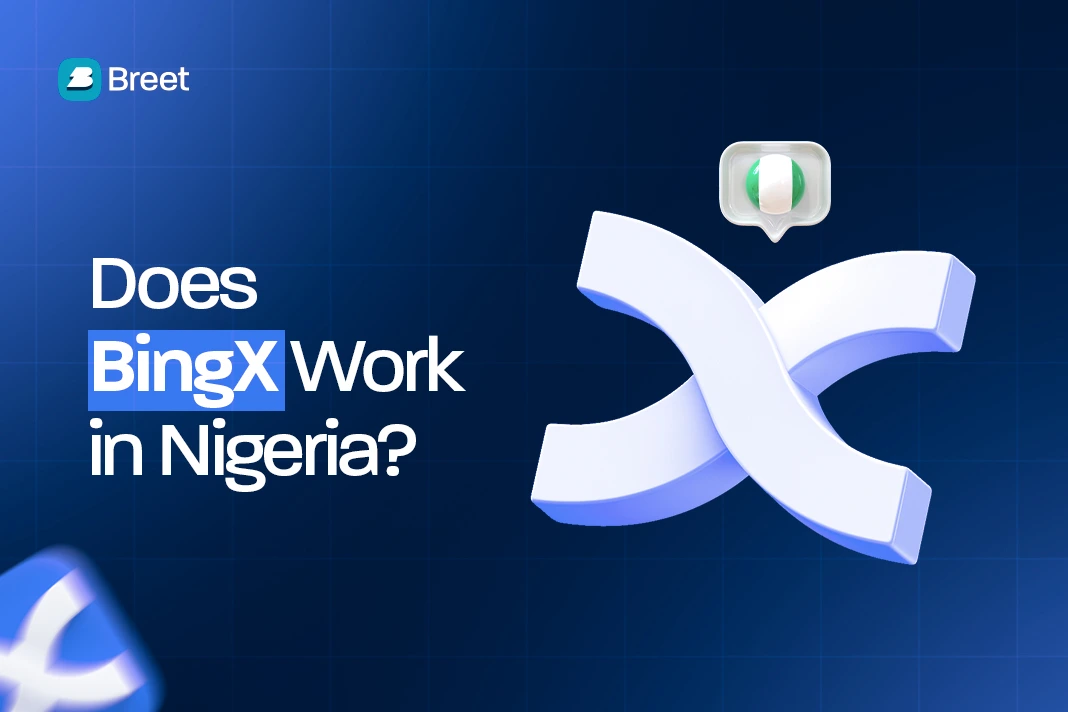Imagine you have USDC and need cash fast. Do you use a peer-to-peer exchange where you control the price and payment method, or do you use an off-ramp platform that deposits directly to your bank? The choice isn’t always straightforward. Both options have advantages and drawbacks, and choosing the best depends on speed, security, fees, and convenience. This guide breaks down each method to help you decide the best approach for selling USDC.
What is an Off-Ramp Platform?
Off-ramp platforms enable users to convert their crypto holdings and USDC to fiat currency without interacting directly with buyers. They facilitate withdrawals from a cryptocurrency wallet to more widely accepted legal currencies like Naira, Cedis, and US Dollars to bank accounts or digital wallets.
On receipt of the required cryptocurrency, off-ramp platforms usually deposit fiat directly to the user’s bank account (or any other pre-specified withdrawal method) to improve the convenience of the entire withdrawal process.
Off-ramp Platforms for selling USDC

There are probably hundreds of Off-ramp platforms available in each region, so it’s crucial to pick the right ones to avoid mistakes. Here are some of the best off-ramp platforms for selling USDC:
- Breet
- Kraken
- Moonpay
- Coinbase
- Yellowcard
Advantages of Off-Ramp Platforms
Off-ramp platforms offer several advantages, some of which are:
- Liquidity: They offer access to liquidity and facilitate quick conversions from crypto to more widely accepted fiat.
- Convenience: They are usually very convenient and let the users pick whatever withdrawal option best suits their needs.
- Customer Support: Off-ramp platforms provide good customer support to help quickly resolve any issues that may arise in the off-ramping process.
- Beginner-Friendly: Off-ramp platforms have a great user experience. Beginners in the crypto space can easily navigate their platforms to sell crypto.
Disadvantages of Off-Ramp Platforms
There are, however, some disadvantages that may come with using off-ramp platforms. Including:
- Privacy: Users must undergo KYC processes to use off-ramp platforms. This will ultimately reduce anonymity and privacy in transactions.
- Fees: Many off-ramp platforms charge extra fees in exchange for their convenience.
- Centralisation: The entire transaction process is centralised. This will eventually reduce system redundancy and dependence on a central authority for decision-making.
- Limited Cryptocurrency Options: Traditional off-ramp platforms usually support only the most popular cryptocurrencies. They typically do not support less popular and more volatile cryptocurrencies.
- Limited Regions:
Many countries have different prevalent payment methods, so a single off-ramp platform may not support all. This leads to limited access for users only in certain regions.
How Peer-to-Peer Exchanges Work

Unlike traditional off-ramp platforms, peer-to-peer exchanges provide a marketplace where users can agree on a price to buy or sell USDC between themselves. After signing up to the P2P platform, users looking to sell USDC would have to:
- Navigate to the P2P section of the exchange.
- Go through the buy listing and locate an individual looking to buy the crypto you want to sell (USDC).
Depending on the platform, you’d have to interact with the prospective buyer in the built-in chat system and initiate the transaction. An escrow or third-party smart contract is usually used.
Peer-to-Peer Platforms for selling USDC
Several P2P exchanges support direct USDC sales. Some of the most popular Peer-to-Peer platforms include:
- Binance
- Bybit
- Huobi
- KuCoin
- OKX
Advantages of P2P Exchanges
Peer-to-peer exchanges offer many benefits, including:
1. Reduced Centralization:
Due to its marketplace structure, some risks associated with centralisation, like a central point of failure and targeted attacks, are minimised.
2. Local Payment Options:
Having buyers and sellers worldwide makes it easy to make transactions with a legal tender that is acceptable locally in each region.
3. Flexible Prices:
Price haggling is usually allowed in P2P exchanges via their in-app chat systems.
Disadvantages of P2P Exchanges
There are also disadvantages to peer-to-peer exchanges. Some of these are:
1. Risk of Fraud:
The risk of scams and fraud is considerably higher in peer-to-peer exchanges than in OTC off-ramp platforms. So, you must be careful and take conscious steps to avoid being scammed.
2. Slow Transactions:
Transactions are slower, often involving price negotiation and payment confirmations before closing.
3. Limited liquidity:
Liquidity may be limited as buyers on the marketplace can only buy as much as the sellers are willing to sell.
4. Not Beginner Friendly:
Beginners may have difficulty navigating the marketplace due to the complex user experience of finding trades, negotiating, and sending or receiving funds via the escrow.
5. Poor Customer Support:
Because peer-to-peer exchanges are global, customer support, if available, is usually very slow and unreliable.
Comparison Between A Peer-to-Peer Exchange (Binance) and an Off-ramp Platform (Breet) for Selling USDC
To help you determine which platform best suits your use case, here’s an in-depth comparison between Breet, an off-ramp platform, and Binance, a peer-to-peer exchange.
1. Security
- Breet: Breet provides maximum security for users via security measures like two-factor authentication and biometrics, and it only allows strong passwords.
- Binance: The Binance P2P platform has a large network of buyers and sellers. However, since transactions occur between users directly, this increases the possibility of encountering fraudulent traders. This makes it important for traders to be cautious while trading.
2. Convenience
- Breet: As a platform designed with convenience at the forefront, transactions are seamless. The user interface is simple, and funds are directly transferred to the recipient’s bank account.
- Binance: The transaction process, involving initiating a transaction, negotiating with buyers, and making/receiving payments via the in-app escrow, can be complex for beginners.
3. Transaction Speed
- Breet: Transactions on Breet are completed lightning-fast. On average, they take 5 minutes to initiate. Users can also set up automatic settlements directly to their bank accounts to receive automatic deposits.
- Binance: Transaction speed on Binance P2P heavily depends on the availability of USDC buyers in the marketplace. Considering how long it might take for a buyer and seller to negotiate, transactions can take too long.
4. Reliability
- Breet: An advantage of Breet’s centralised nature is a consistent and reliable service. Downtimes rarely occur, and there are no payment delays.
- Binance: While Binance is a very reliable decentralised cryptocurrency exchange, transactions on the P2P marketplace are heavily dependent on individual USDC buyers.
5. User Experience
- Breet: Breet is made to be straightforward to use, especially for crypto beginners. The process for selling USDC is straightforward and ideal for users who prefer simplicity.
- Binance: Binance offers numerous other features that may overwhelm beginners or newbies in crypto.
6. Privacy
- Breet: As a centralised platform that works directly with your bank account, individuals must perform a KYC process to use Breet. However, all private information provided on the platform remains confidential.
- Binance: Binance also requires users to complete KYC, but USDC sellers on the P2P marketplace can share account or payment information only with the buyers and not with Binance.
For a more straightforward comparison, here’s how each method stacks up in key areas:
| Feature | P2P Exchange | Off-Ramp Platform |
| Speed | Varies, depends on buyers | Fast, usually within minutes |
| Security | Risk of fraud, relies on escrow | Secure, regulated platform |
| Convenience | Requires negotiation and manual payment | Fully automated transactions |
| Fees | It’s often lower, but it varies by payment method | Service fees apply |
| Privacy | It’s higher and does not require linking bank accounts | Lower, requires KYC verification |
| Availability | Global access, supports local payment methods | Restricted by region and banking policies |
Frequently Asked Questions (FAQs) About P2P Exchanges vs. Off-Ramp Platforms for Selling USDC
Which offers a better exchange rate between P2P and off-ramp platforms?
The USD exchange rate varies depending on the platform. Prices on P2P platforms are usually more competitive because multiple buyers/sellers are present in the marketplace and can negotiate. Prices on off-ramp platforms are generally fixed.
Are P2P exchanges safe to use?
P2P exchanges can be safe, but they also come with risks related to fraudulent traders. Most P2P exchanges require all buyers and sellers to complete KYC and provide escrow services to curb scams.
Can I use a P2P exchange as a beginner?
As a beginner, the learning curve is steep. It can be very confusing at first, but regular use makes selling crypto on P2P exchanges much easier.
What is the minimum USDC I can sell on an off-ramp platform?
This depends on the off-ramp platform and the platform’s policies. On Breet, you can sell for as little as 2 USDC with no upper limit.
Do I need to perform KYC to sell USDC on an off-ramp platform?
Yes. Before selling USDC on most off-ramp platforms, you must complete KYC. It is standard procedure to prevent scams and other illegal activities.
Conclusion
In the end, it comes down to experience level and preference. Off-ramp platforms like Breet would work best for beginners and people who prefer transaction speed and simplicity. On the other hand, more experienced users who appreciate flexibility and don’t mind the extra time to negotiate can use a peer-to-peer exchange.
Each option has its own set of benefits and demerits, and the purpose of this piece is to help you choose the one that is right for you.







